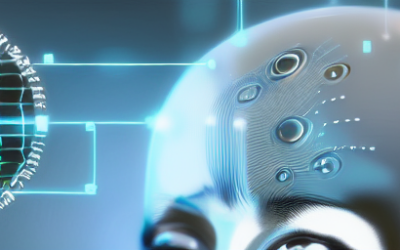The Mean stack is a web development stack that includes the MongoDB, Express.js, AngularJS, and Node.js frameworks. It is a full-stack JavaScript solution that helps you build fast, scalable, and maintainable applications. The Mean stack is a great choice for building dynamic web applications that require a fast and responsive user interface.
Tech Blog
Tech Insights, Information, and InspirationThird-Party APIs
There are many different third party APIs that developers can use to add functionality to their applications. Some popular APIs include the Google Maps API, the Facebook API, and the Twitter API. These APIs allow developers to access the functionality of these popular services and add it to their own applications. This can be a great way to add value to your application and make it more useful for your users.
Legacy System Modernization Approaches
As business needs and technologies change, it can become necessary for legacy system modernization. Modernization can involve a wide range of activities, from updating software toreplacing hardware and redesigning processes.
Necessary Technology for Small Business
Small businesses have a lot to gain from using technology. Technology can help small businesses operate more efficiently and effectively, reach new markets, and improve communication and customer service.
Artificial Intelligence: The AI Revolution
The AI revolution is upon us. It’s time to embrace the change and learn about the amazing possibilities that artificial intelligence brings to the table. This technology is going to change the way we live, work and interact with the world around us. Are you ready for the future?
Improving Business Agility
Business agility is the ability of a company to rapidly adapt to changes in the marketplace. This can be achieved through a number of different methods, such as having a flexible workforce, using agile methods of project management, and using data-driven decision making. Being agile is often critical for businesses to survive and thrive in today’s rapidly changing business environment.
Iterative Application Services
Iterative application services are a type of software development methodology that focuses on delivering small, incremental changes to a software application over time. This approach is typically used when an organization wants to avoid the risk and cost associated with large, one-time changes.
Business Management Software
Business management software is a type of software that is used to manage the various aspects of a business, such as finances, operations, inventory, customer relations, and human resources. It helps companies streamline their processes and operations, improve efficiency, and increase productivity.
Business and Systems Integration
Business and systems integration is the process of connecting different business systems and processes together. This can be done for a number of reasons, such as to improve efficiency or to enable data sharing between different systems.
Improving Data Quality
Data quality is important because it can be used to improve decision making, to assess the performance of organizations and individuals, and to help understand and manage risks. Additionally, data quality can be used to improve the efficiency and effectiveness of processes and systems. Finally, data quality can help create a competitive advantage for organizations.
Get In Touch
UseTech Design, LLC
TROY, MI • BLOOMFIELD HILLS, MI
Call or text +1(734) 367-4100










